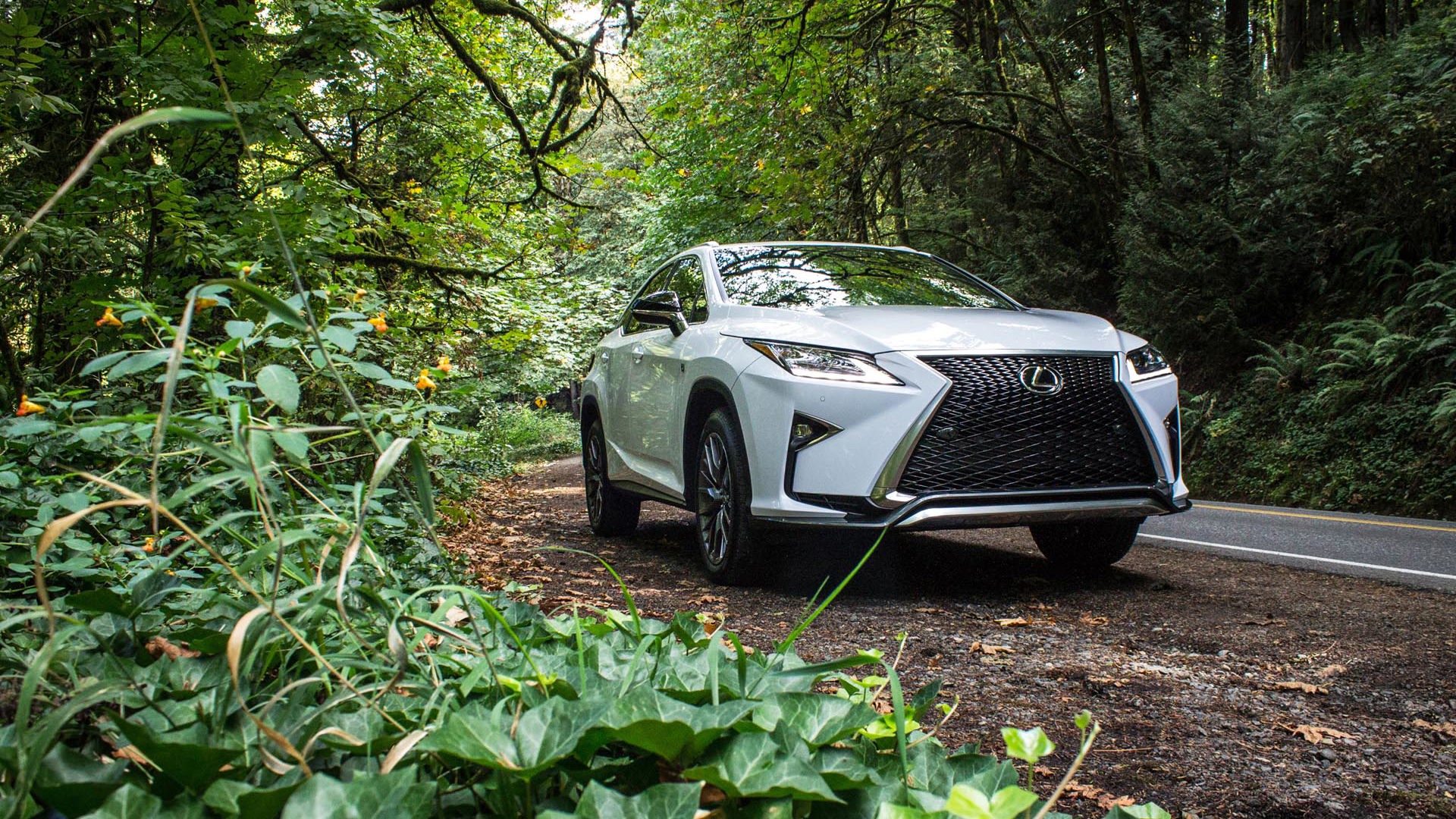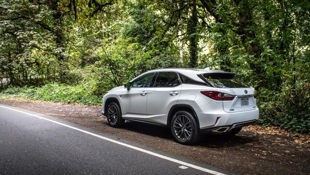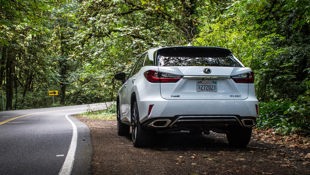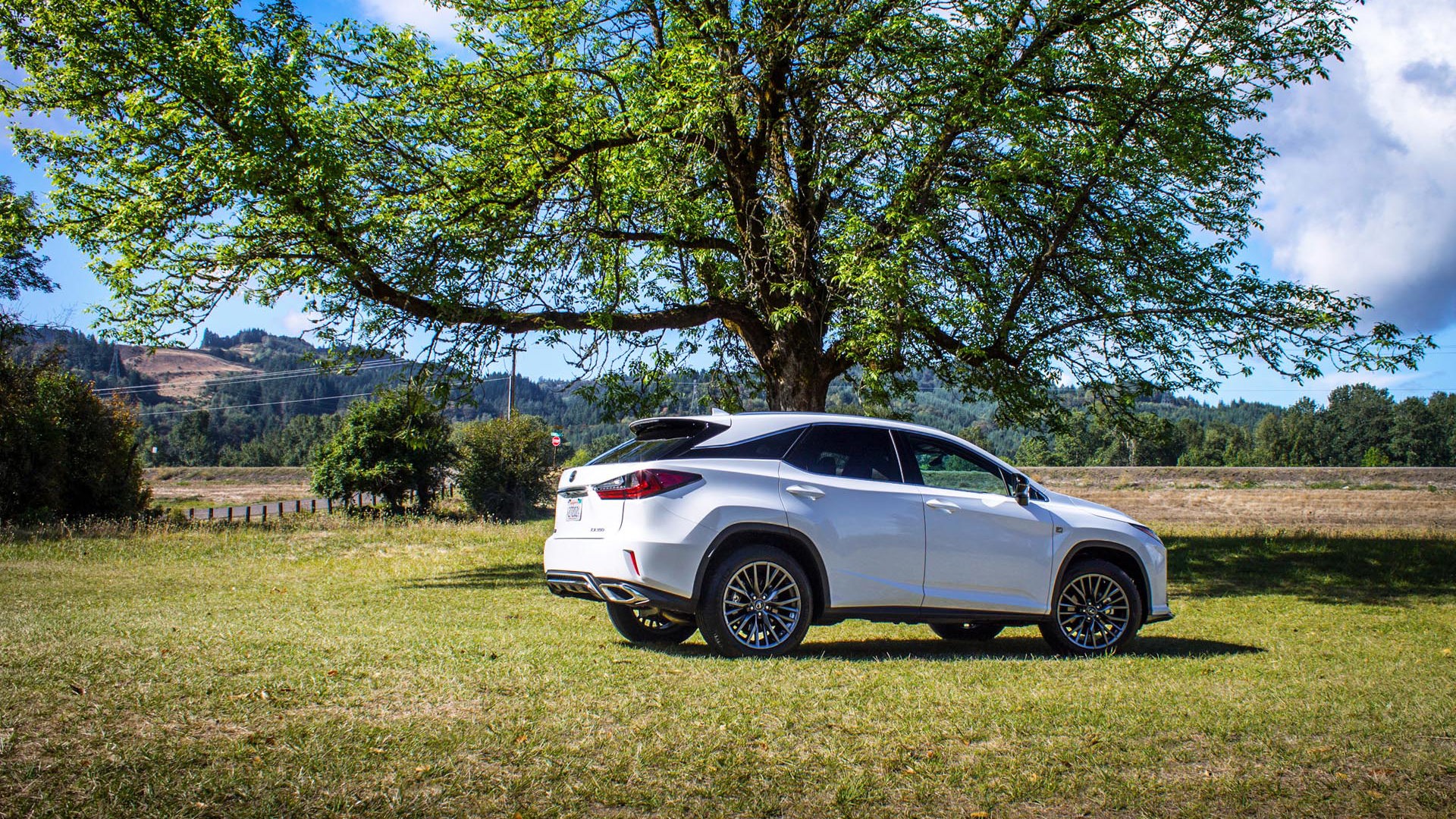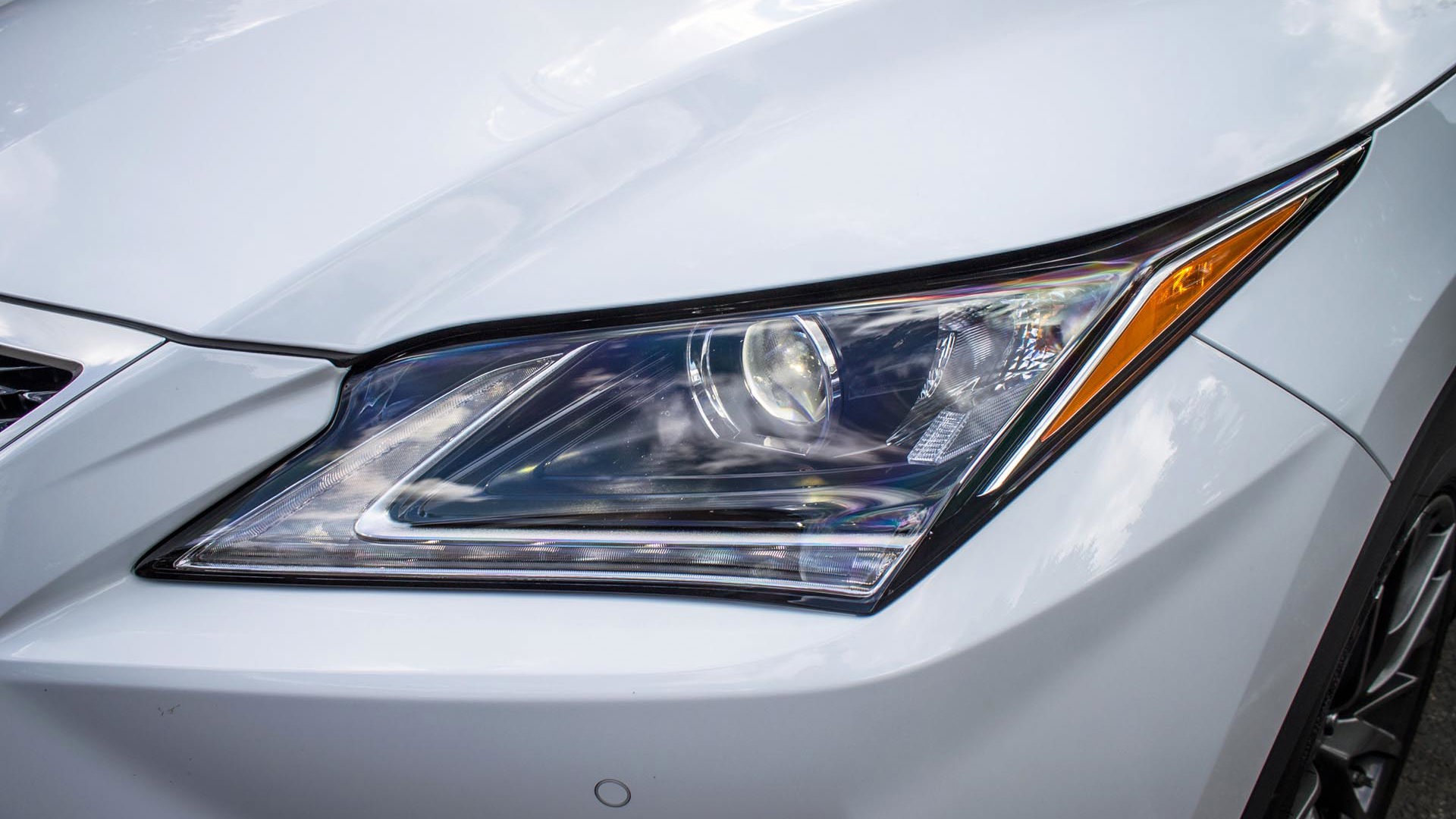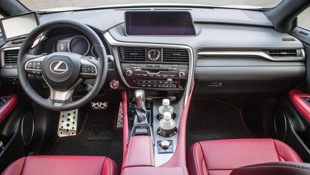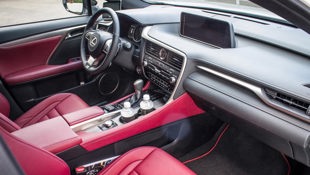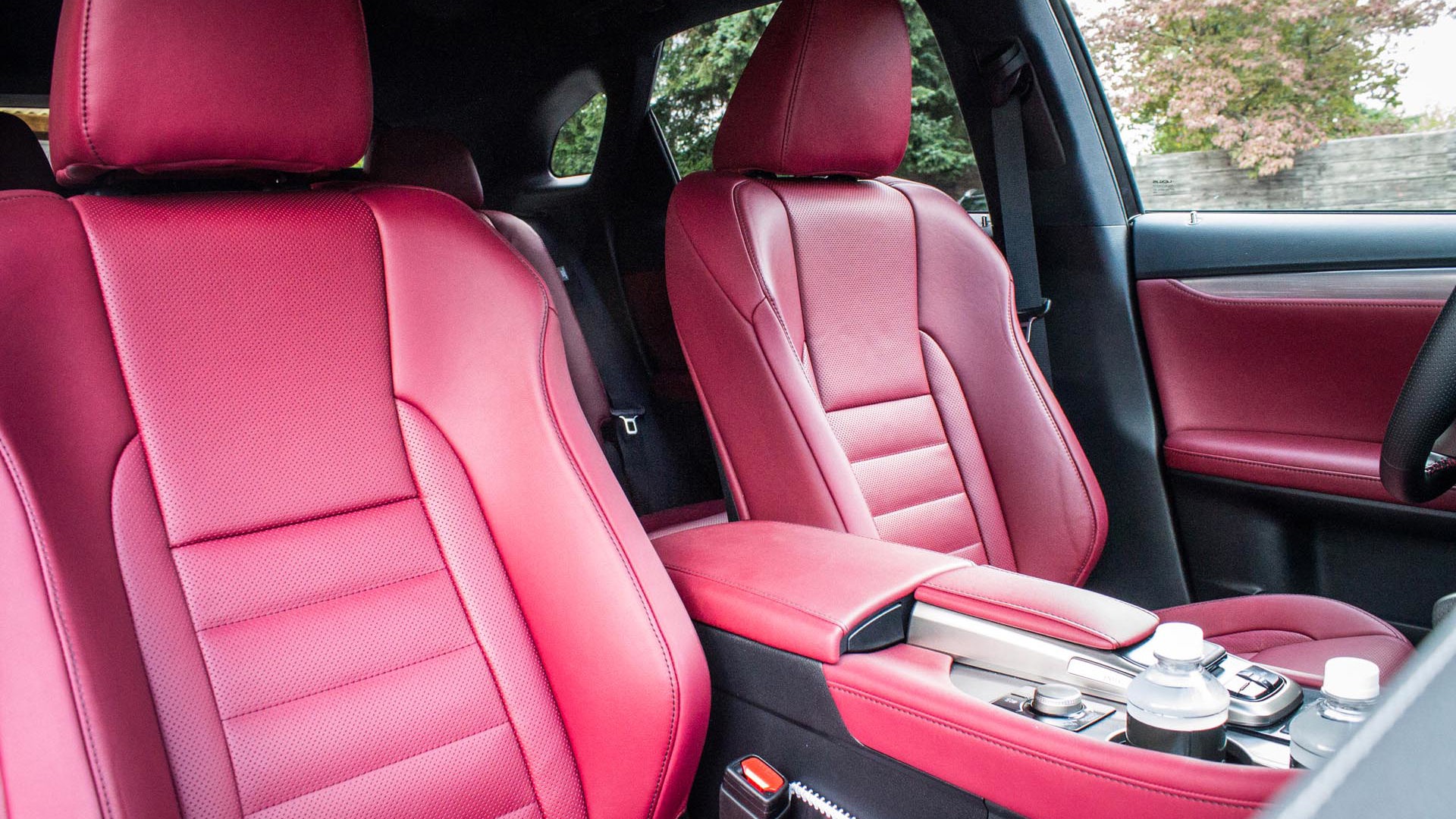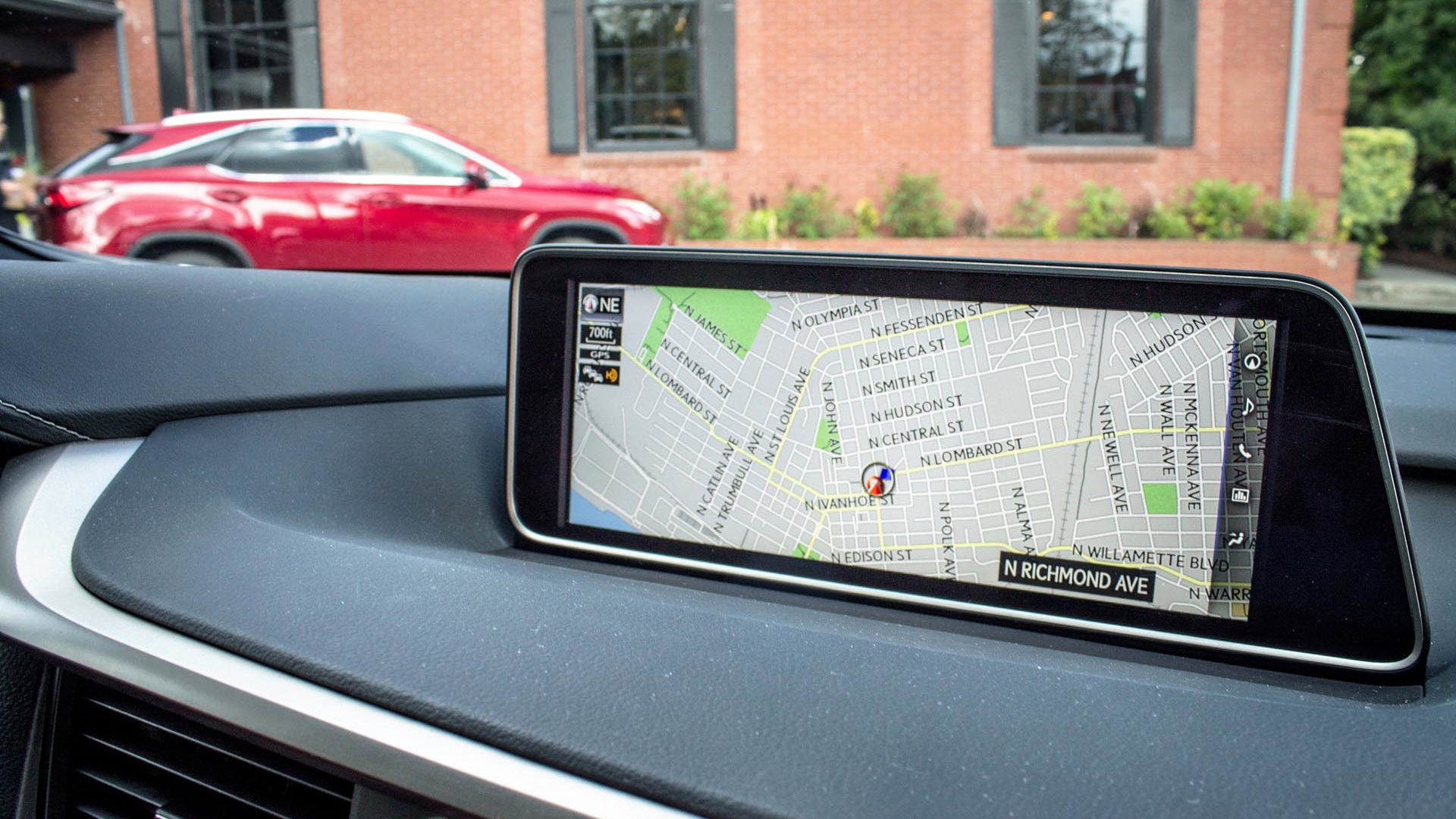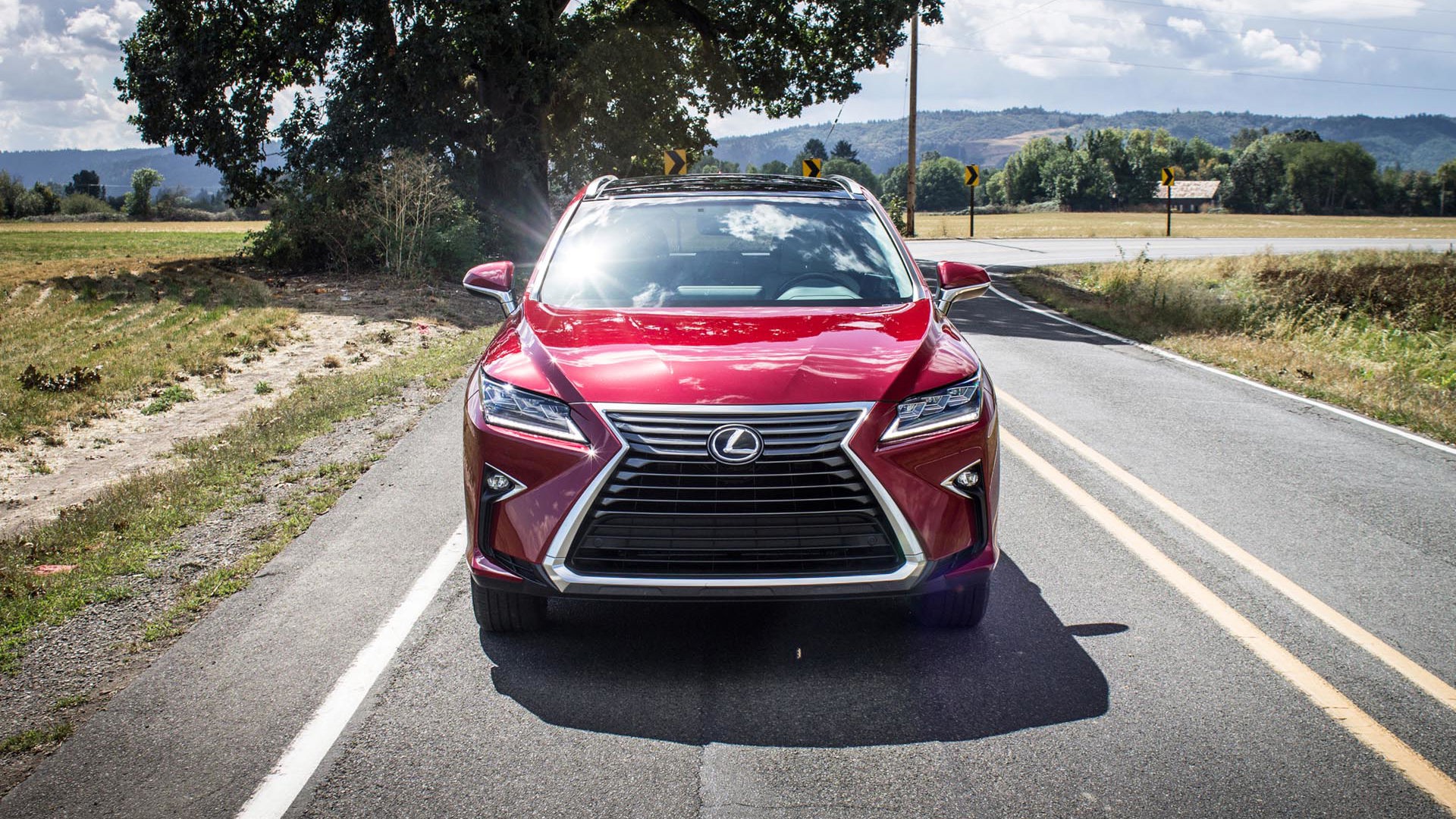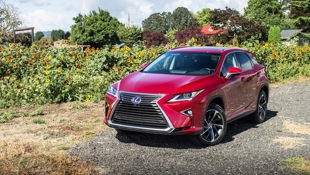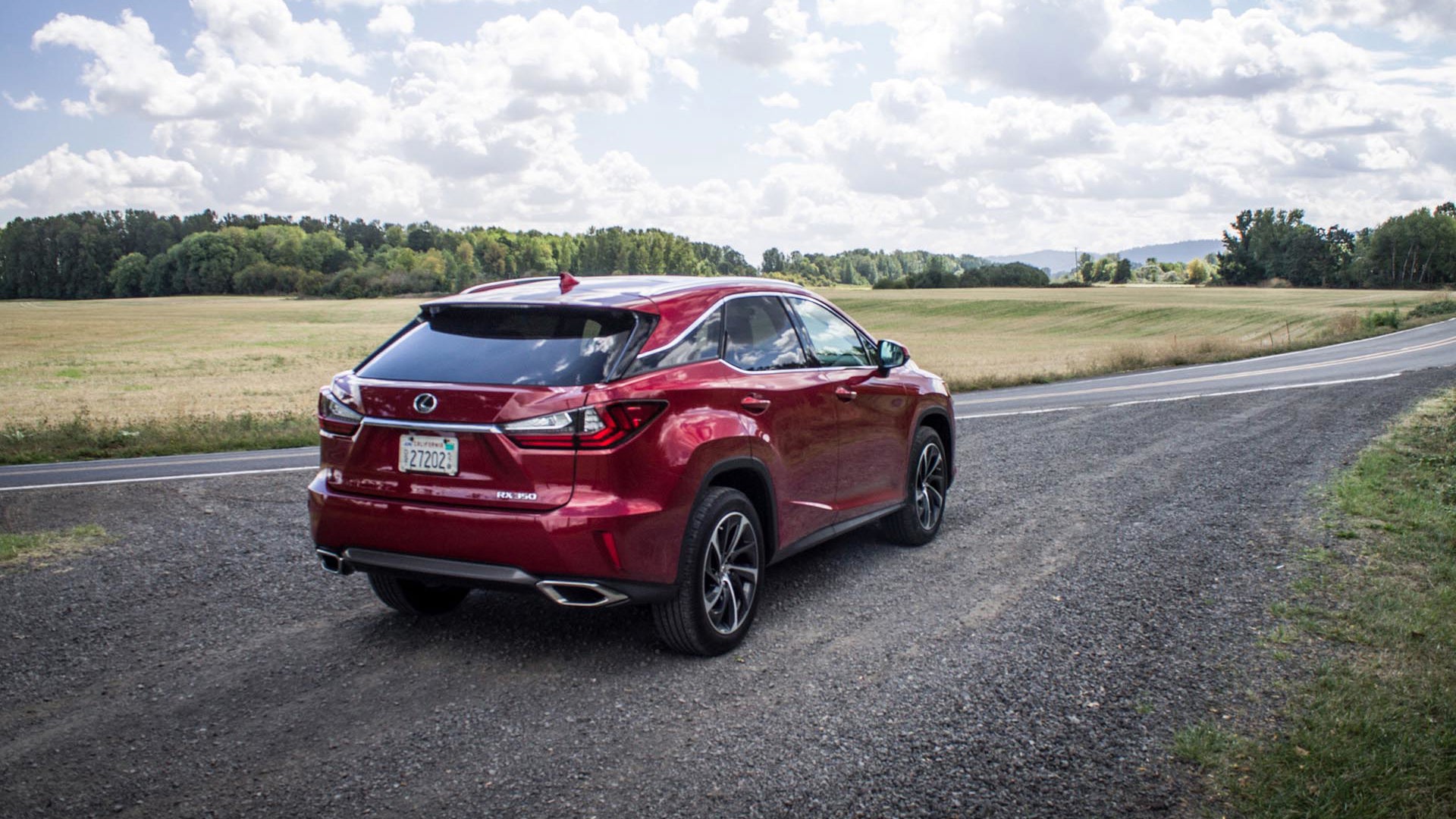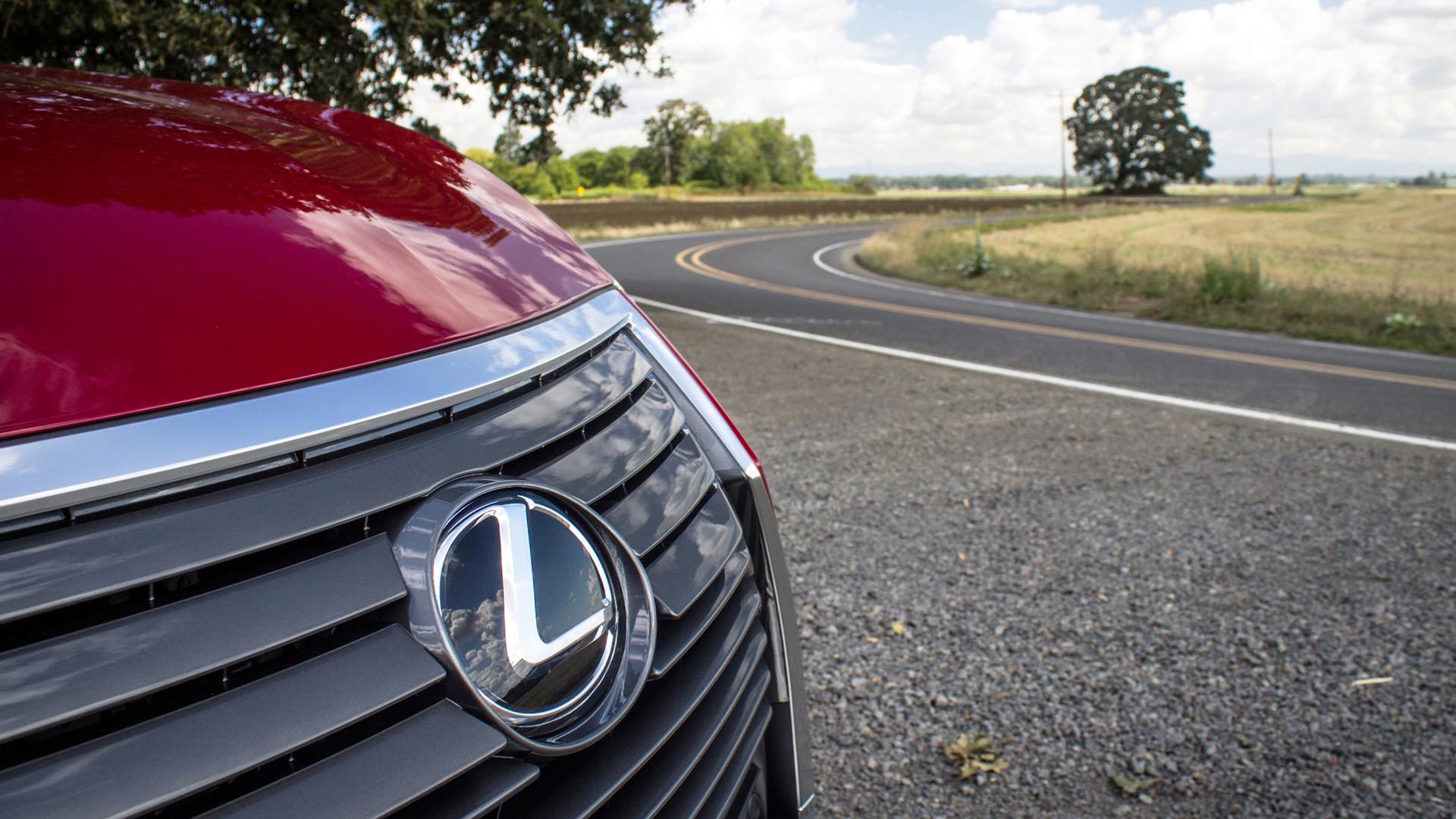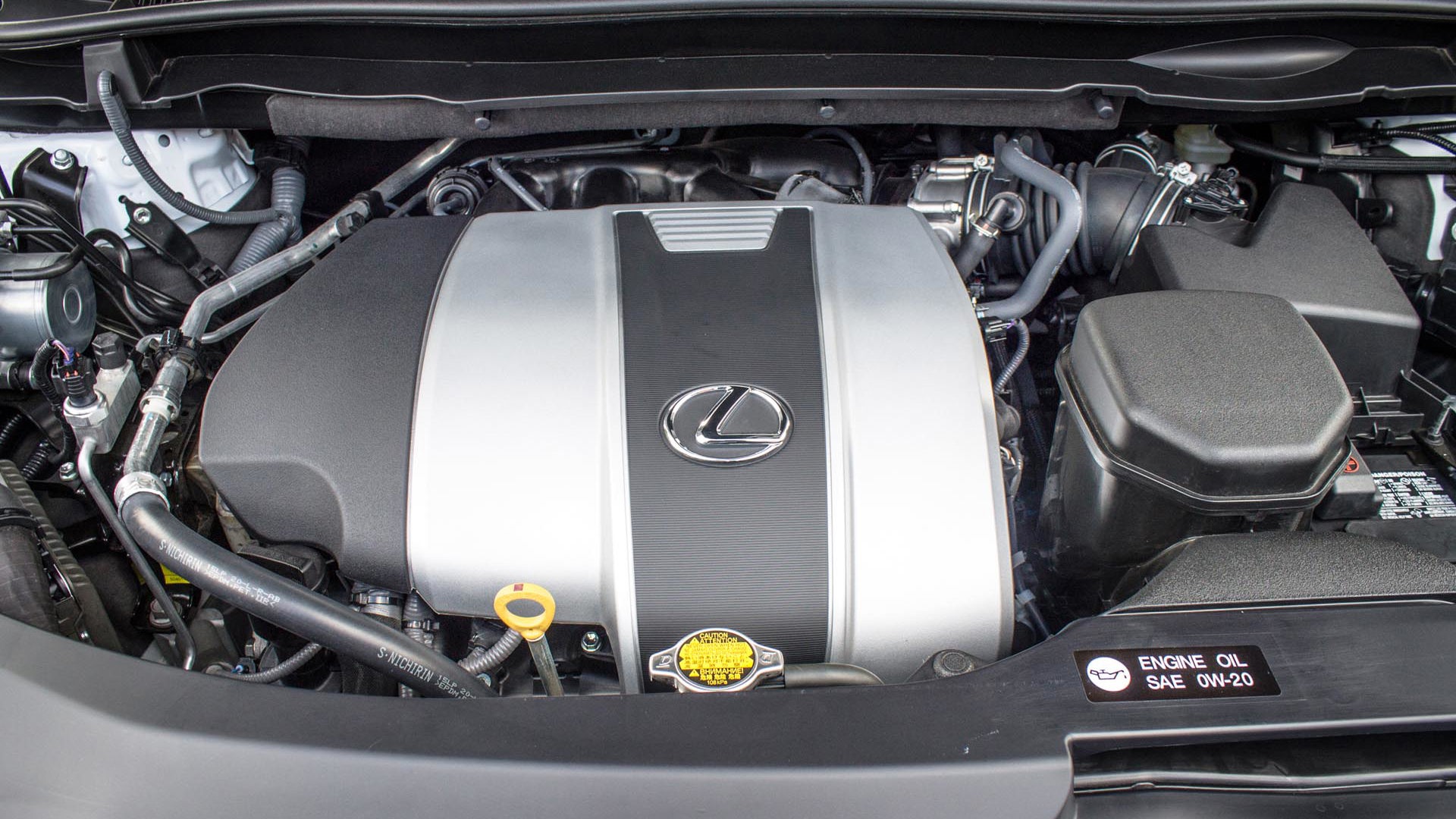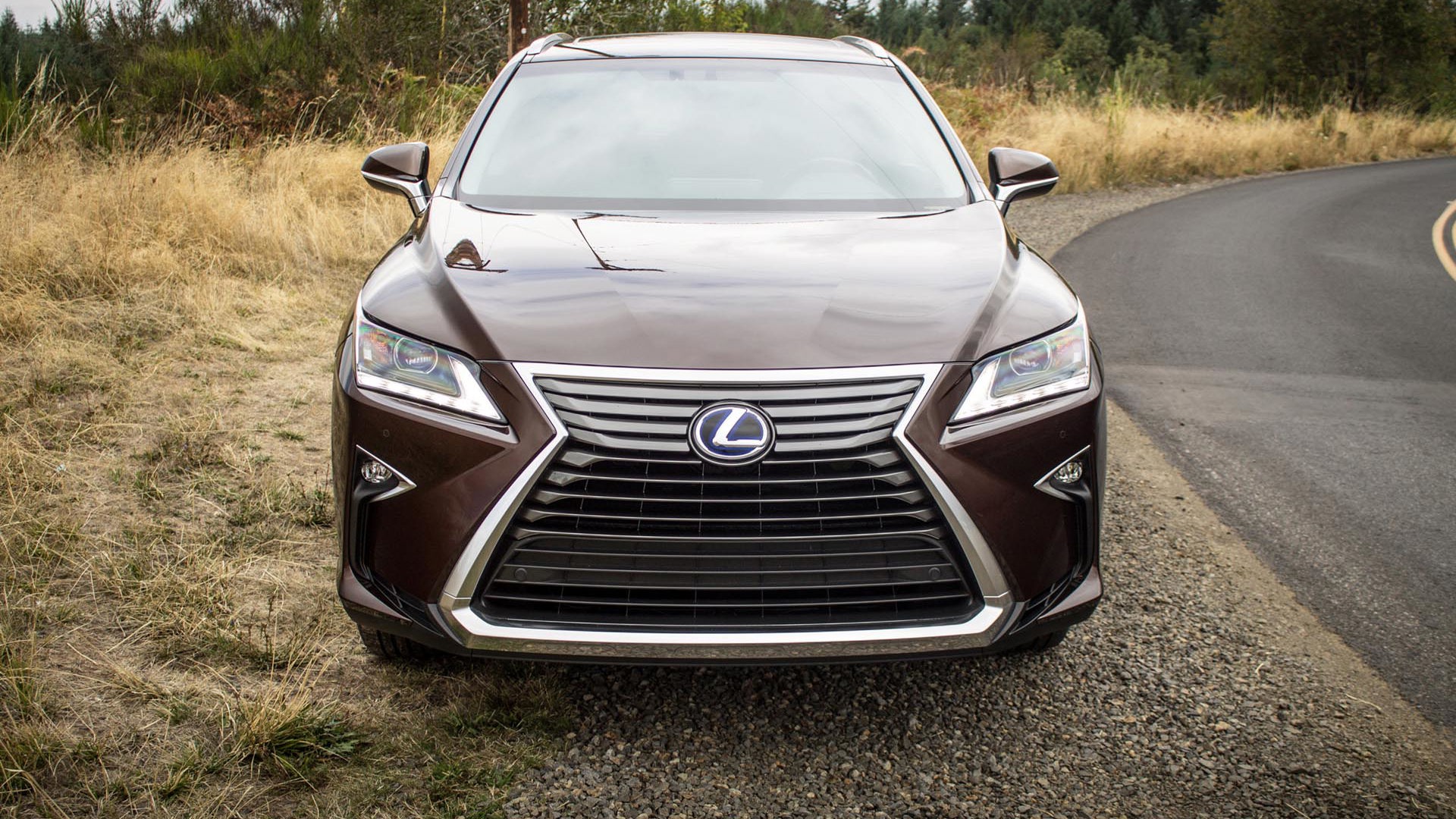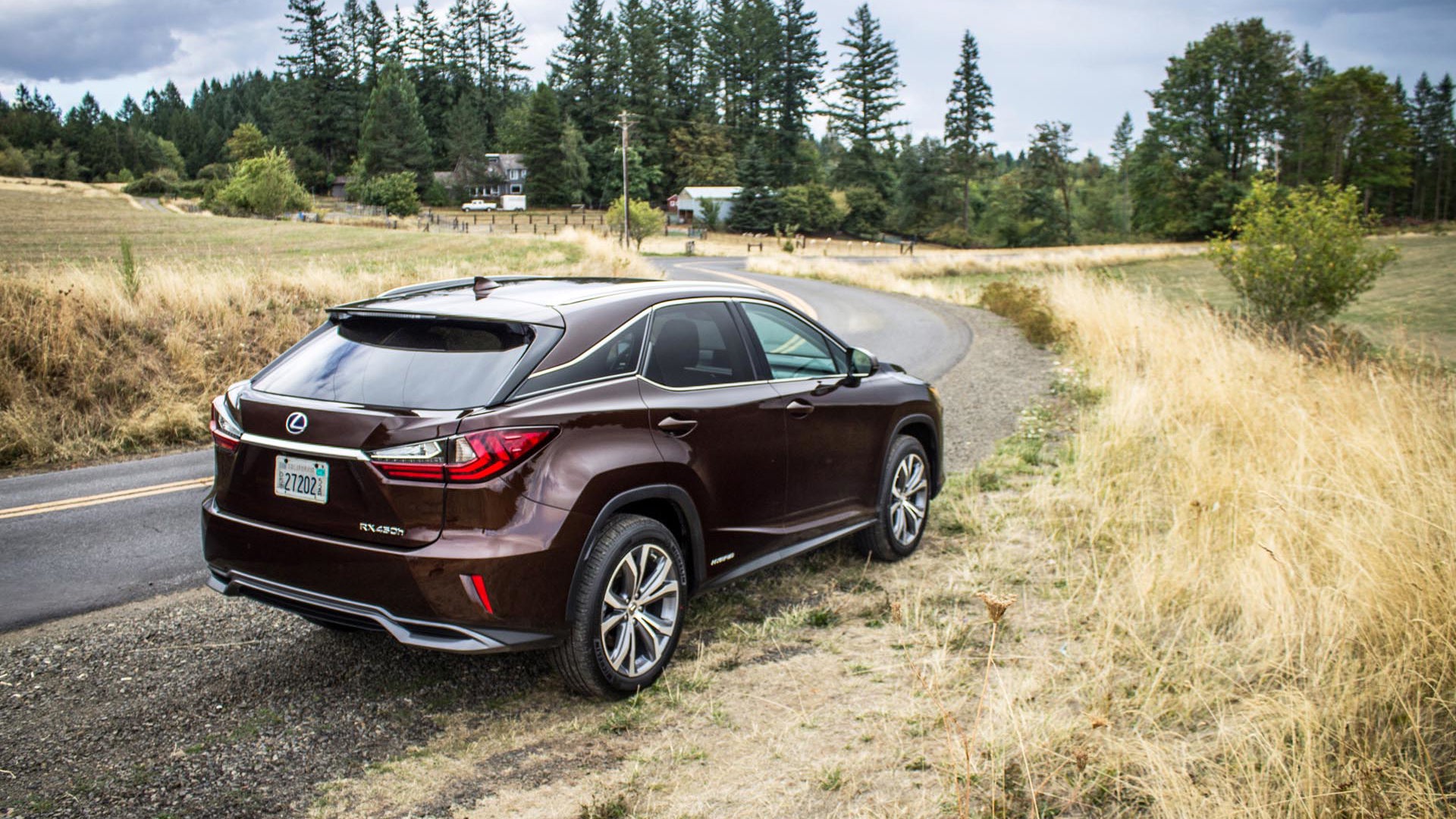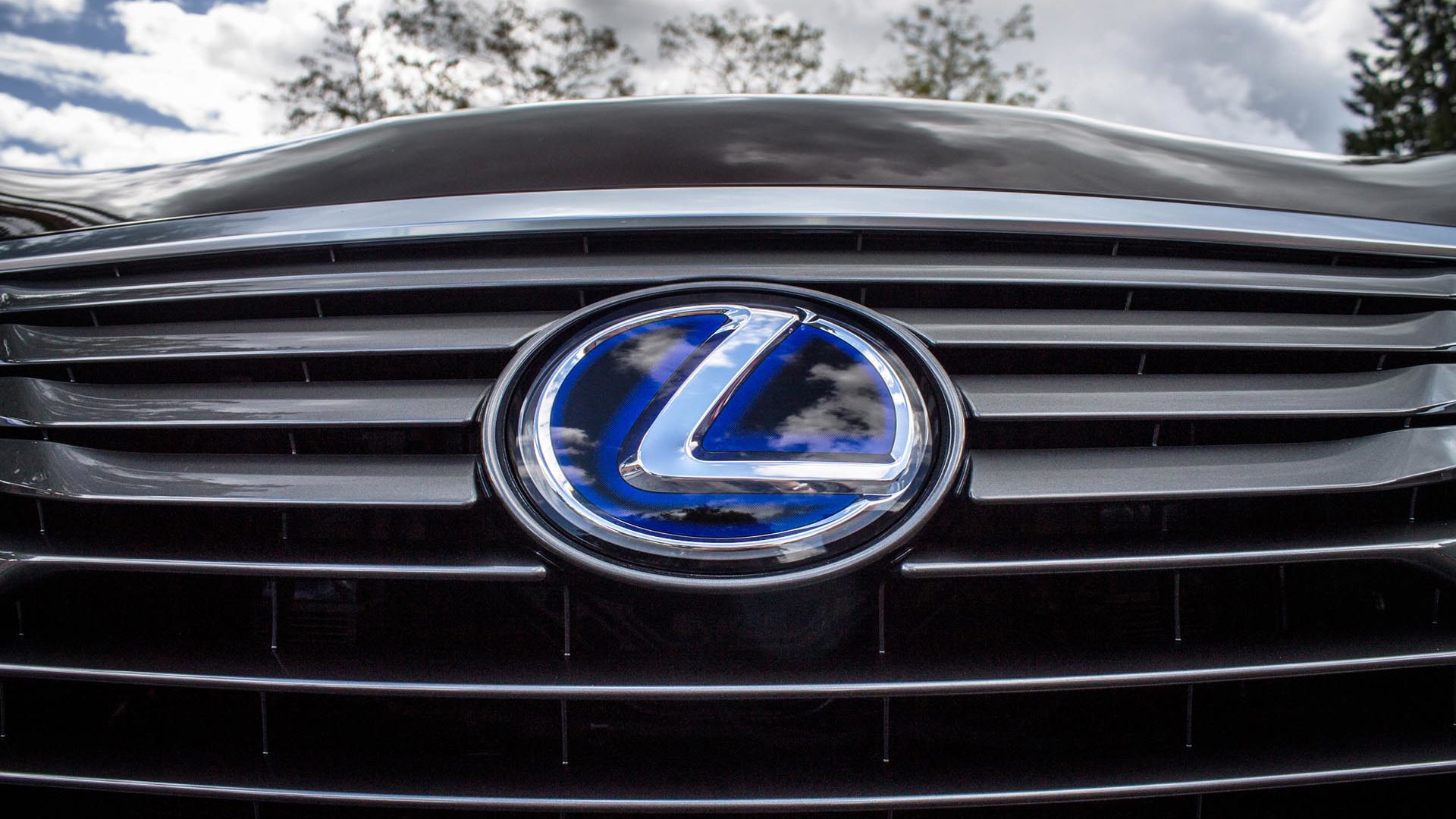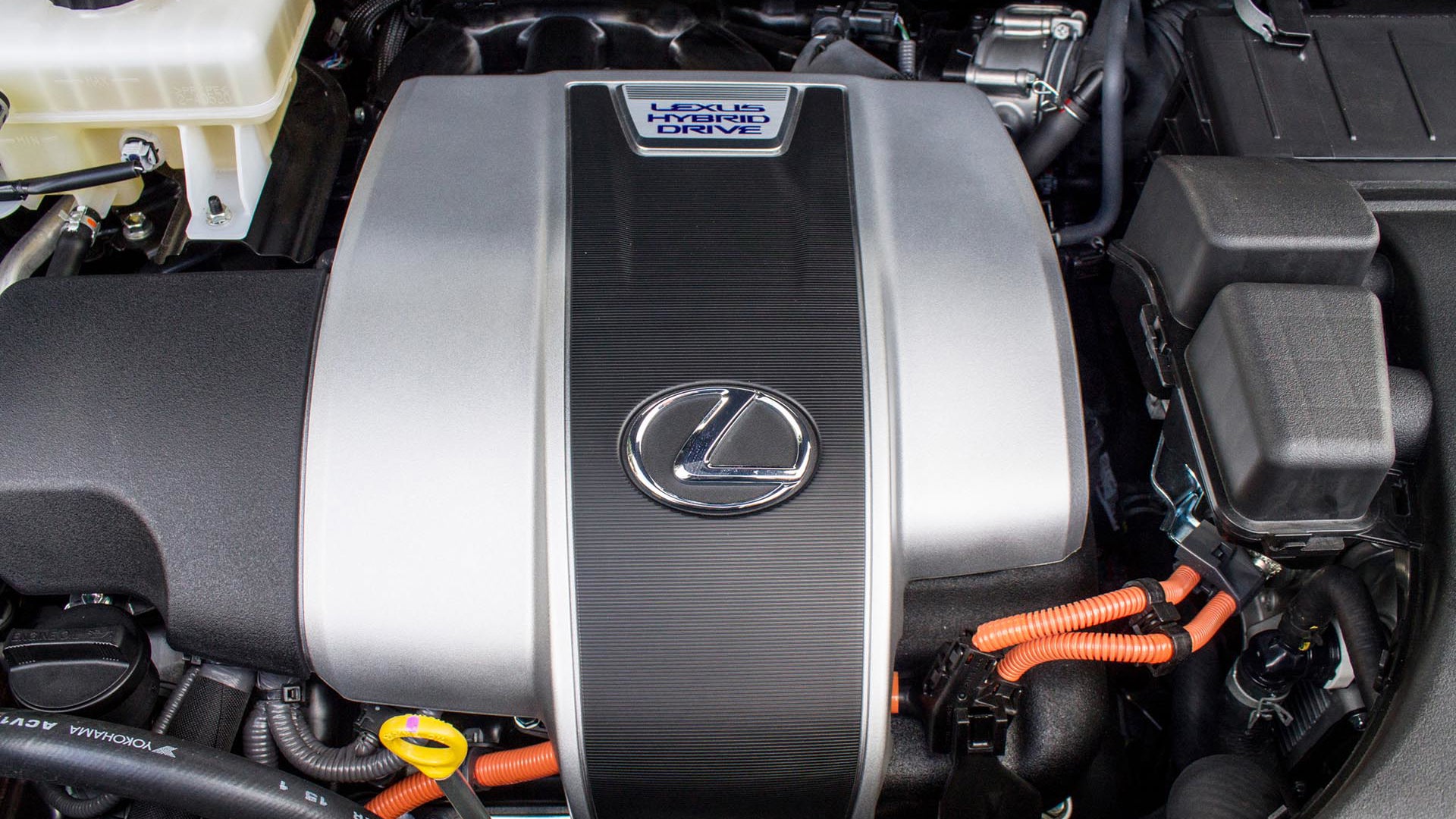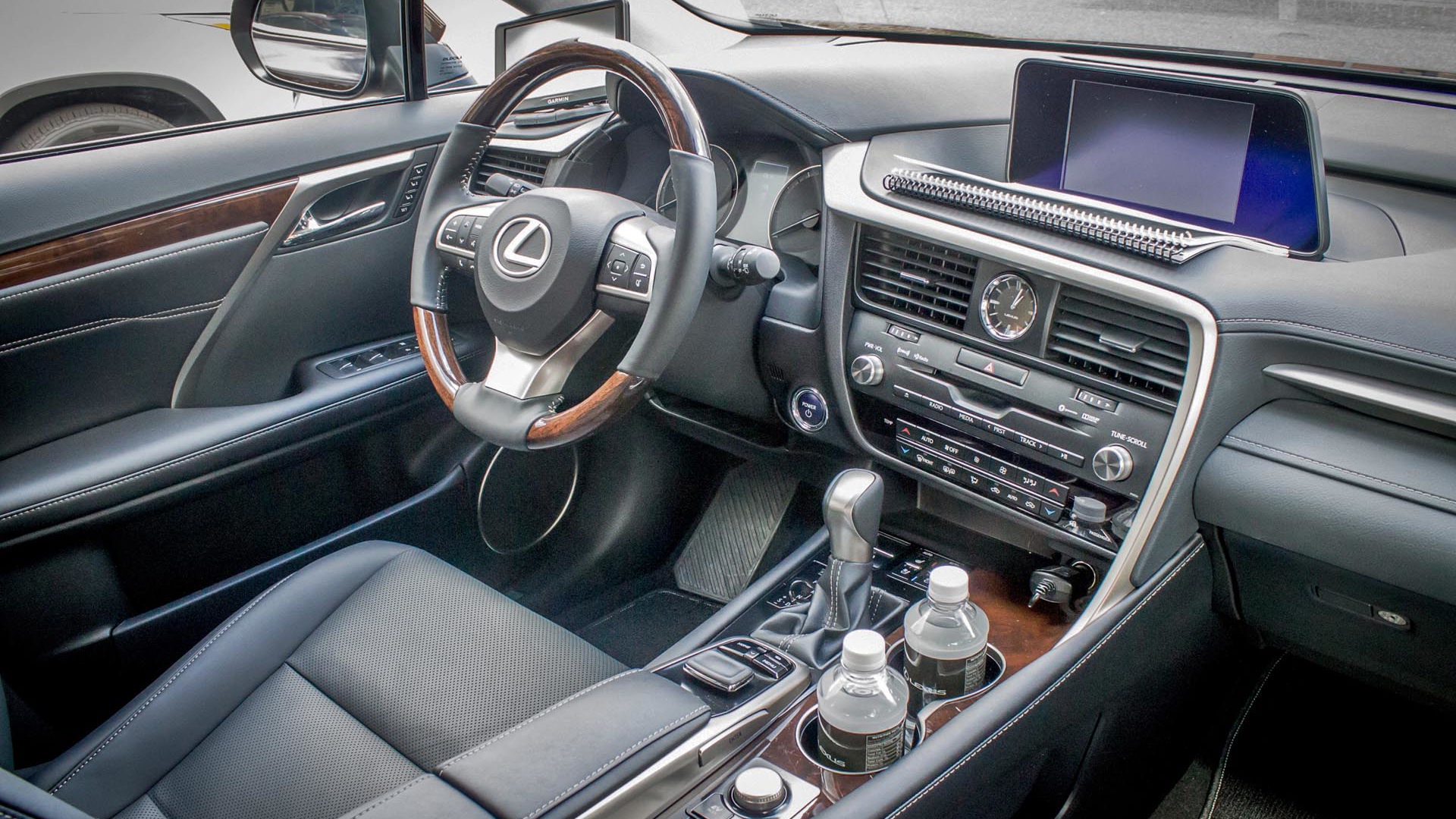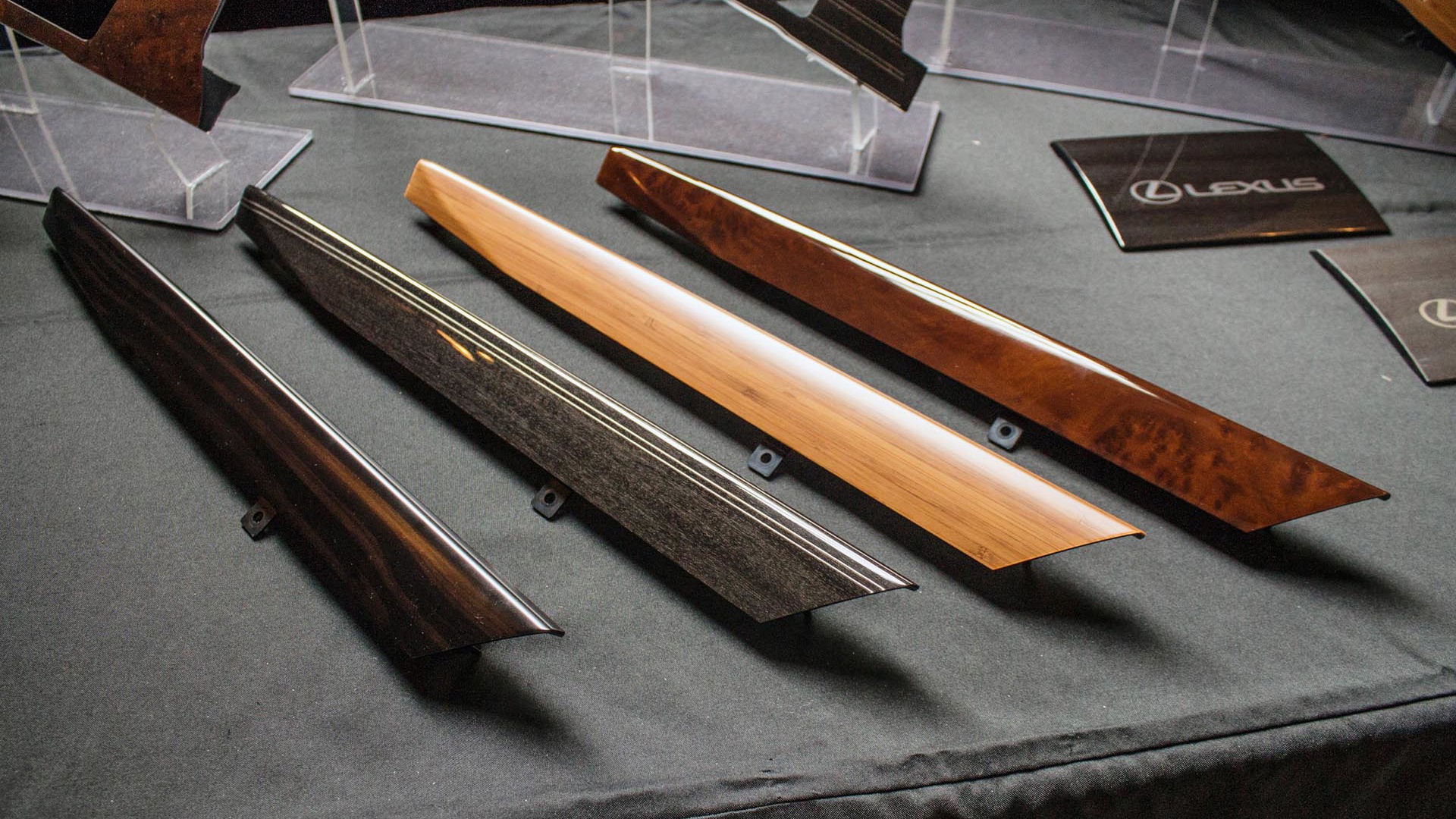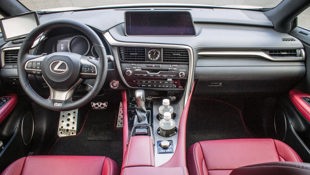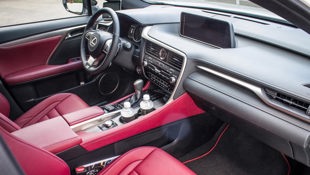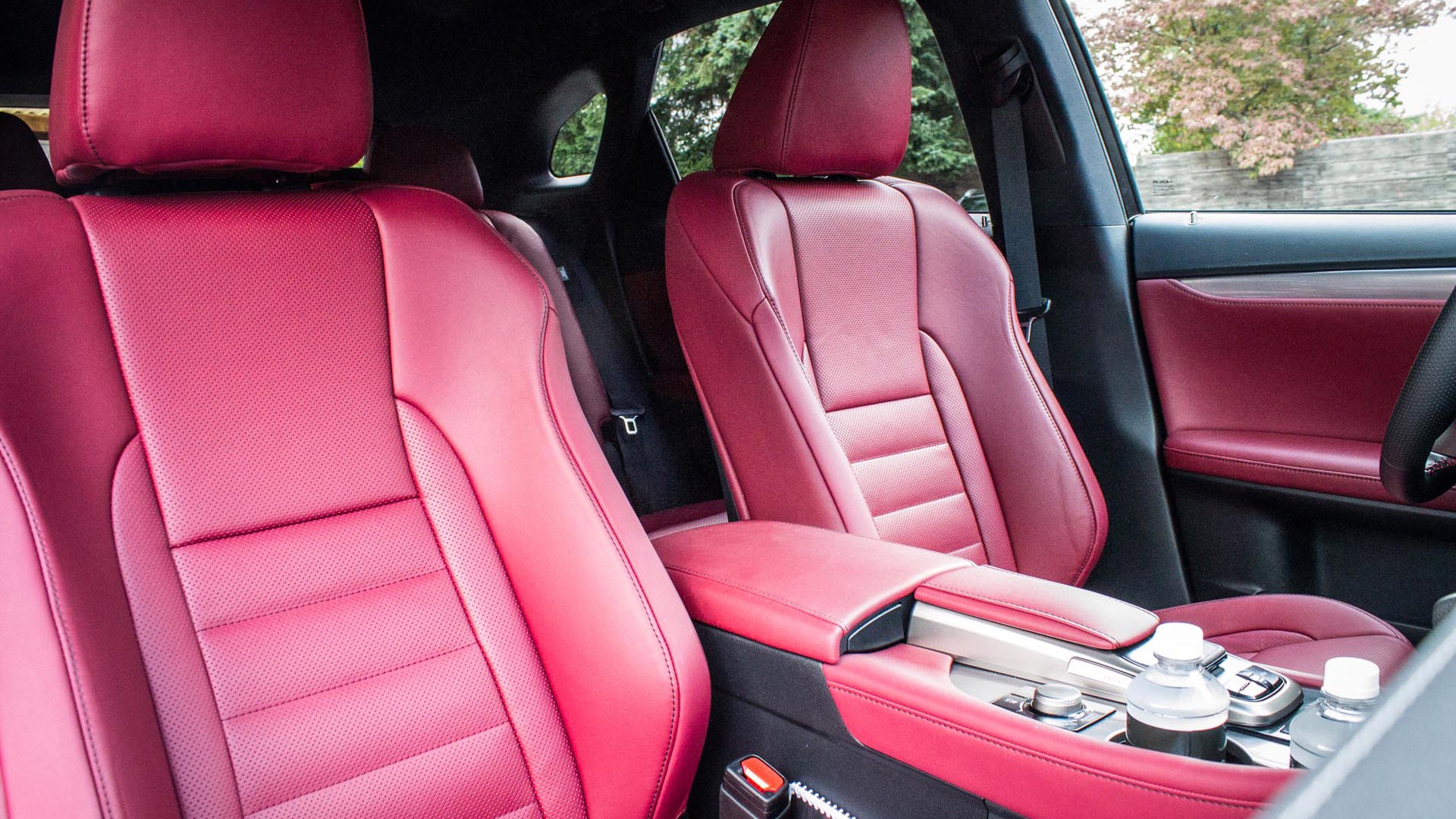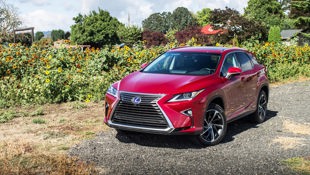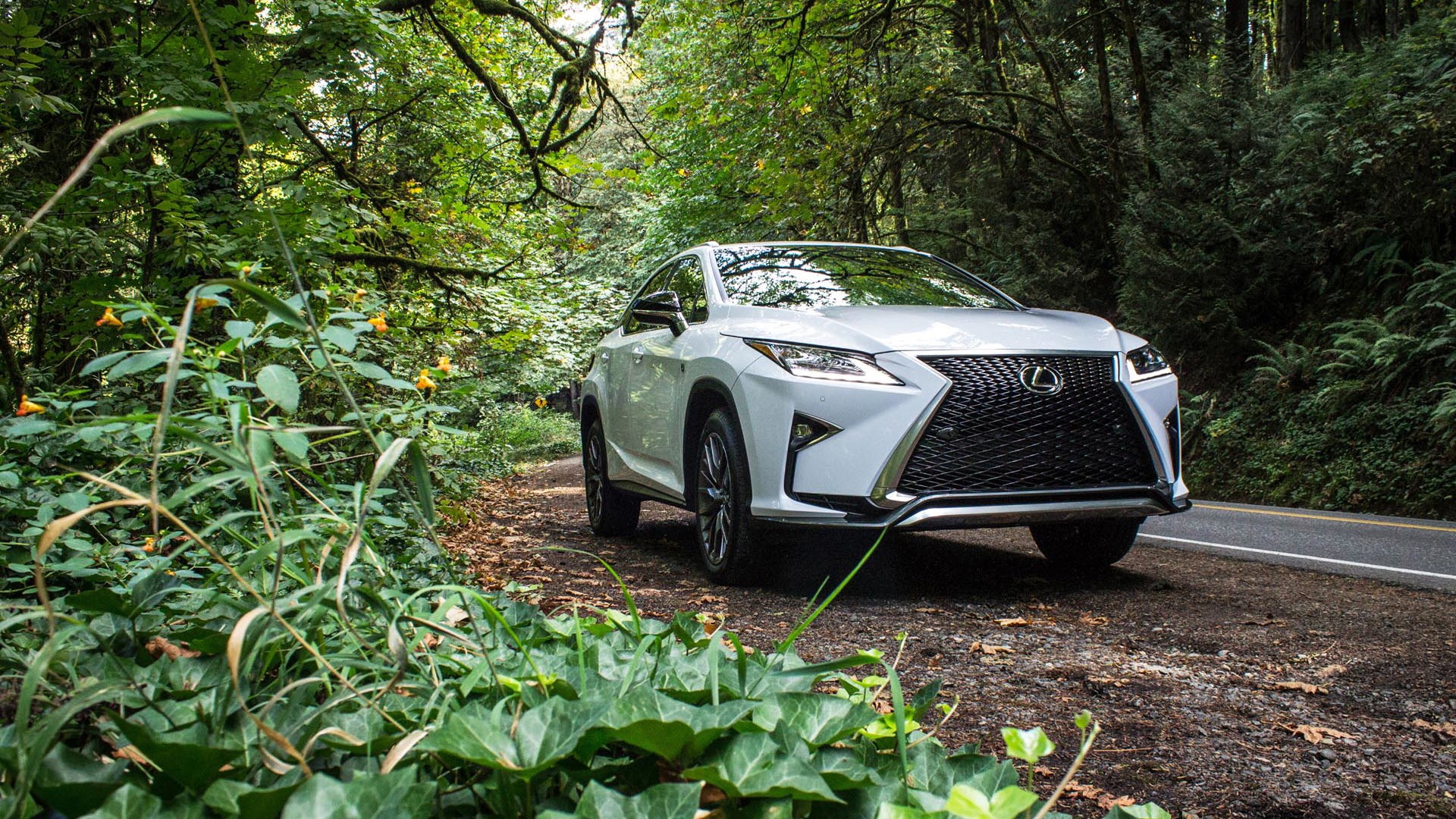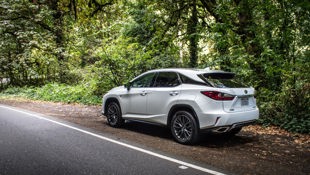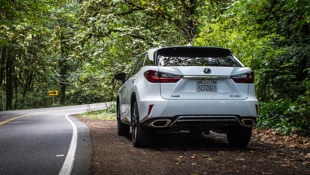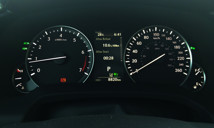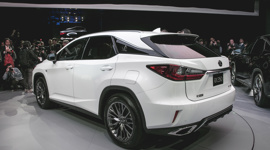Twenty-five years ago, Lexus balanced a pyramid of champagne glasses atop the hood of an LS 400 as it hummed along a dyno at a simulated speed of above 200 km/h. The message: buy a Lexus and enjoy serene balance and exquisite Japanese craftsmanship; luxury without a single jarring note.
Now of course, the message would need to be a little different – perhaps a prize-winning Wagyu bull set loose in a Swarovski crystal store with a half-pint of wasabi up its bottom. Shards and disruption: from genteel rice-pudding to anime blade-strike, Lexus's new design language has the subtlety of a Kill Bill fight scene and the angularity of a Dragon Ball Z haircut. Styling levels are OVER NINE THOUSAND.
Quiet dependability and comfort has a luxuriant quality all its own, but is not particularly exciting.
Dang. This is a bit like when you go into one of those nouveau cuisine restaurants and order a baked potato, only to receive a deconstructed dish featuring splintered carbohydrate topped by what suspiciously looks like crystal meth. Absolutely no one could accuse Toyota of producing a boring design here, as the new RX (particularly the F-Sport model) is the wildest-looking thing on the road this side of a BMW i8.
It's more than a bit of a departure for the RX line, born way back when as the Toyota Harrier. Formerly, this pudgy crossover had all the personality of a tax accountant, and all the money saving capabilities of a very clever tax accountant. It did not break. It did not disturb. You could drive it for 300,000 km and it'd still wake up every morning and ferry you to work uncomplaining without squeak, rattle, or colossal transmission failure. Just try that with a German luxury car – it'd leave you on the side of the road quicker than you can say “coil packs.”
Quiet dependability and comfort has a luxuriant quality all its own, but is not particularly exciting. Realizing that RX fans are becoming an aging demographic, Lexus seeks to galvanize a younger audience with lashings of daring style, and a car that is composed of at least 95 percent honeycomb grille. I can't see this aggressively futuristic design aging any better than, say, the 1961 Plymouth Fury it so closely resembles, but in the instant, in the sheetmetal, the futurism is understandable.
So anyway, LED swooshes under standard HID headlights, sharply creased styling lines, a “floating” roof, a steeply raked rear glass, and two available spindle grilles – one like an industrial baloney slicer, and the other like something Lenny from Motorhead would use as a practice amp. It's worth noting that this daring look is the result of CEO Akio Toyoda sending engineers back to the drawing board when their production model wasn't extreme enough; getting these sheer edges and complex angles was apparently a real engineering headache.
The new car is longer and wider than the outgoing model, with increases to interior legroom and overall space. The coefficient of drag is a very respectable 0.34, but while the RX remains a five-seater only, the official cargo capacity specs have essentially halved. The 2015 model boasted 1,132 L of space behind the rear seats and specs for the new one suggest 521 L is on offer. It doesn't look all that much smaller in footprint, so I'd suggest it's the slope of the rear glass that squishes things, rather than space below the cargo cover.
If the exterior of Lexus's mainstay crossover seems a sudden mutation, then the rest of the vehicle is the gradual progression that you expect. Outside it's maximum cowbell, but in here you can't hear the noise: the new RX drives better, the infotainment is more effective, it's quieter, power is up, and handling is improved.
Indeed, the inside of the new RX is something of a prescription for relaxation. This is simply an immense improvement over the previous generation car, bringing things into line with the rest of the Lexus lineup, and making Lexus's most popular machine competitive once again. Immediately, the updated dash layout looks more modern, ready to stand up against a BMW X5 without simply looking like a bit nicer Toyota.
The curvature of the seats in the F-Sport models are especially nice, and that available red leather interior livens things up wonderfully. Yamaha, a long-time Toyota sub-contractor, has done some pretty unique things to the wood treatment in the vehicle, laminating incredibly thin sections of wood to aluminum sheeting that can then be shaped to unique in-cabin curves and even laser etched in lines through to the base metal.
First out for a driving loop was an RX 350 with the F-sport package. Lexus, as you might expect, has a very simple layout planned for the RX, with just a half-dozen trim levels split between the two engines.
Standard equipment on the car is impressive: heated and cooled power seats up front, heated seats in the rear, a heated steering wheel, push-button starter, a 12-speaker audio system that performs very well, power moonroof, rear-cross-traffic alert and blind-spot monitoring – and on it goes. Some of the details are quite nice too, such as the one-touch raising and lowering for all four windows.
Higher-end models such as our F-Sport version come with features like a panoramic moonroof, a 12.3-inch screen containing navigation and infotainment functions, adaptive cruise control, automatic high-beams, and a move from the base 18-inch alloys to 20-inch rims. The difference between F-Sport and Luxury or Executive trims includes a wilder front fascia, more heavily bolstered seats, paddle shifters and a unique steering wheel, adaptive suspension, and a drive-mode managing system with a sharper “Sport+” mode.
Power to move the RX's 1,995 kg along comes from the expected V6, now producing 292 hp at 6,300 rpm and 265 lb-ft at 4,700 rpm. This is a mild bump; the bigger change is the new eight-speed transmission, previously only available in F-Sport models. Official fuel economy ratings for the RX 350 are 12.2L/100 km city and 8.9 L/100 km on the highway, a nearly 10 percent bump over six-speed-equipped 2016 models.
Even with the theoretically sportier F-Sport model, compliance is the order of the day. Body motions are well controlled, and on a long run up a winding country road, the RX 350 displayed impeccable manners. Where speed was called for, it delivered, and it did so without complaint or feeling overtaxed.
Having said that, the RX doesn't have the lively feel of the IS or GS sport sedans; while the capability is there, the spur to hustle is not. Driving a more standard RX on a similar route felt more 'right', its even-more-compliant suspension a better fit for the character of the car, and the available Mark Levinson audio simply outstanding. Lexus may have obsessed about creating a sharply dynamic face for their vehicle, but the core values of the RX remain the same – it's very quiet at speed, it wafts with a poise some of the run-flat-equipped German competition can't quite reach, and it exudes the sense that it's been assembled by people who expect this to last longer than just a four-year lease.
So don't expect a V8-equipped RX-F version any time soon. For a little more power, you have instead the option of the RX 450h with its hybrid drivetrain. Weightier by 140 kg or so, the 450h gets a little more shove with combined electric/gasoline output at 308 hp. Torque comes on quickly with the electric engine, and fuel consumption sees a large drop especially in urban use: 7.7 L/100 km city, and 8.2 L/100 km highway.
Note too, that buying a Lexus hybrid doesn't necessarily mean that you have to make back all your money on the fuel savings over the conventional gasoline-only version. Resale for Toyota's well-proven systems means it'll be worth more come trade-in time as well.
The RX450h certainly feels heavier than the RX350, but again has few faults. Much like that first LS400, this feels like a product that's been polished and honed and polished and honed, until there are few rough surfaces to catch a fingertip on. It's the opposite of that old story of the princess and the pea: Lexus has removed almost all irritants.
| Competitors: Acura MDX Audi Q7 BMW X5 Cadillac SRX Infiniti QX70 Lincoln MKX Mercedes-Benz M-Class Porsche Cayenne Volvo XC90 |
Despite the new face of the company, it's the same conservative approach that attracted buyers in the first place and kept them loyal with year after year of faithful service. Currently, the RX makes up 40 percent of worldwide sales for Lexus, and does a little better than that in the Canadian market. This isn't just an important vehicle for the brand, this is the Lexus brand.
Fans of the traditionally undemanding choice in this segment will have to look past the strakes and grille, but they'll find what attracted them to Lexus in the first place lurking just under the surface. The re-skinning is edgy; everything else is business as usual.
